Introduction
The University of Stuttgart, Germany is one of the leading technical universities in Germany. Petros Mavridis, a graduate student at Stuttgart’s Institute of Smart Sensors, recently developed a voltage-controlled oscillator (VCO) based nuclear magnetic resonance (NMR) prototype using a Moku:Pro device from Liquid Instruments.
Moku:Pro is Liquid Instruments’ most sophisticated platform of software-defined instrumentation tailored for advanced research and design. The FPGA-based architecture enables Moku:Pro to provide 15+ embedded instruments for use in research, design, and test. Multi-Instrument Mode (MiM) enables users to combine up to four instruments simultaneously with lossless interconnection.
Moku:Pro supports Moku Cloud Compile (MCC), a cloud-based service for the creation and deployment of custom digital signal processing algorithms. MCC users can design algorithms in VHDL code or other tools such as MATLAB, Simulink®, and HDLCoder, then deploy them to Moku to execute in real time. This allows users to harness the power of the Moku:Pro FPGA to create custom designs and instrumentation.
Challenge
NMR is a non-destructive material imaging method, which is essential for examining molecular structures in chemistry applications with precise measurements. Medical imaging techniques have employed NMR for years, namely magnetic resonance imaging (MRI). NMR is essential to medicine for detecting anomalies like cancer. However, NMR-based measurement equipment such as NMR spectrometers are expensive and have a large lab footprint, making it inaccessible in facilities other than heavily funded research laboratories and hospitals.
Using conventional methods, researching and evaluating a VCO-based NMR technique would involve significant time and resources to develop the entire system on hand-built hardware. By deploying Moku:Pro instruments to implement parts of this system, Petros could instead focus on the VCO element and associated optimizations.
Looking ahead, researchers aim to perform measurements faster, miniaturize tools, and reduce the cost of materials. Since conventional transceiver NMR tools cannot currently detect resonance without dead time, researchers at Stuttgart University began investigating the effectiveness of alternative NMR methods, such as a VCO-based NMR.
Solution
Petros first designed and fabricated the VCO printed circuit board (PCB) depicted in the bottom right of Figure 1. He utilized this VCO as part of a phase-locked loop (PLL) alongside the Moku:Pro Lock-in Amplifier — which performed the phase detection, low-pass filtering, and DC offset — while the Waveform Generator provided a precision frequency reference. To construct this, he deployed the instruments in MiM (Figure 2).
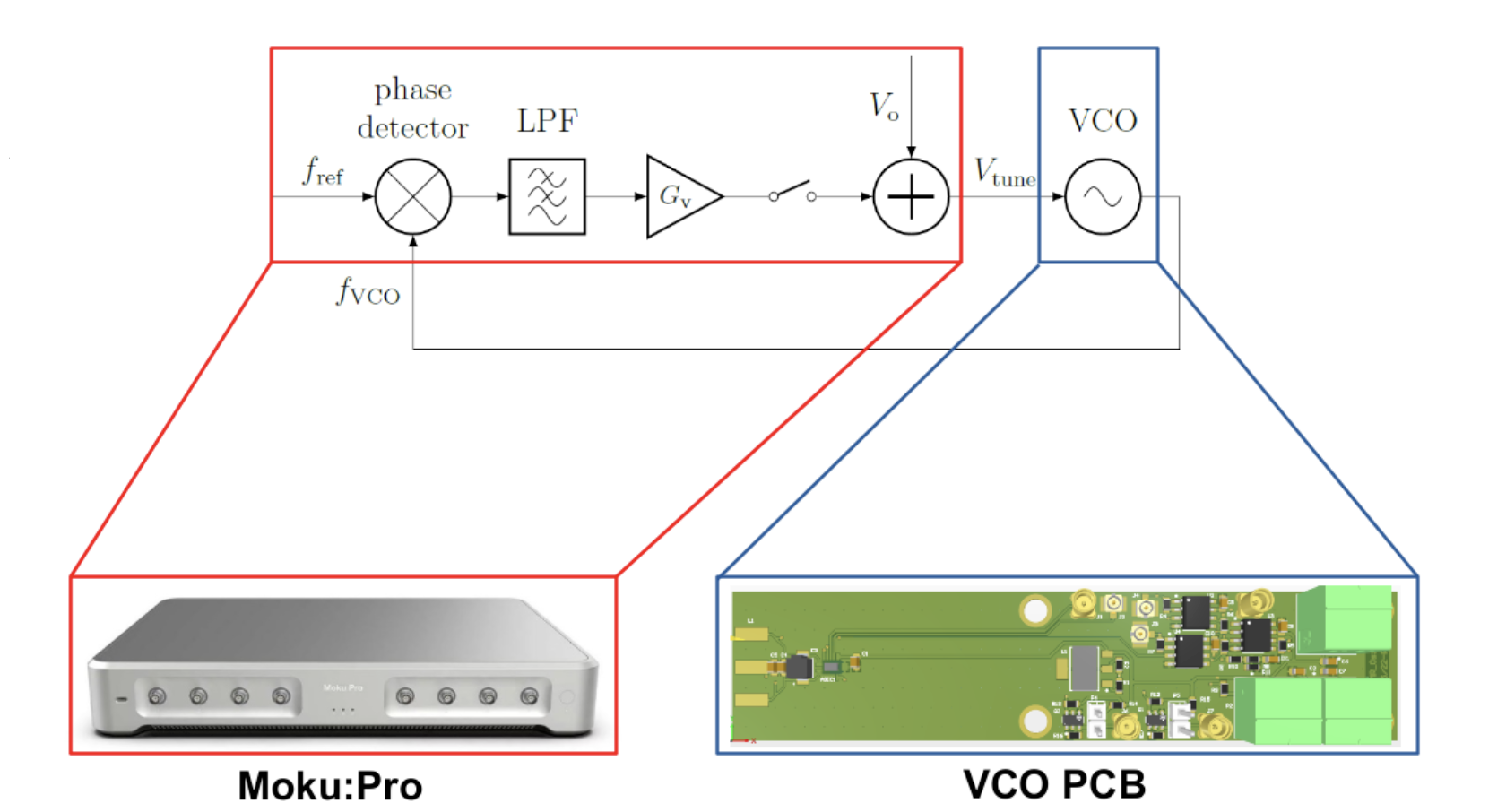
Figure 1: Moku:Pro-based PLL and VCO PCB block diagram. [1]
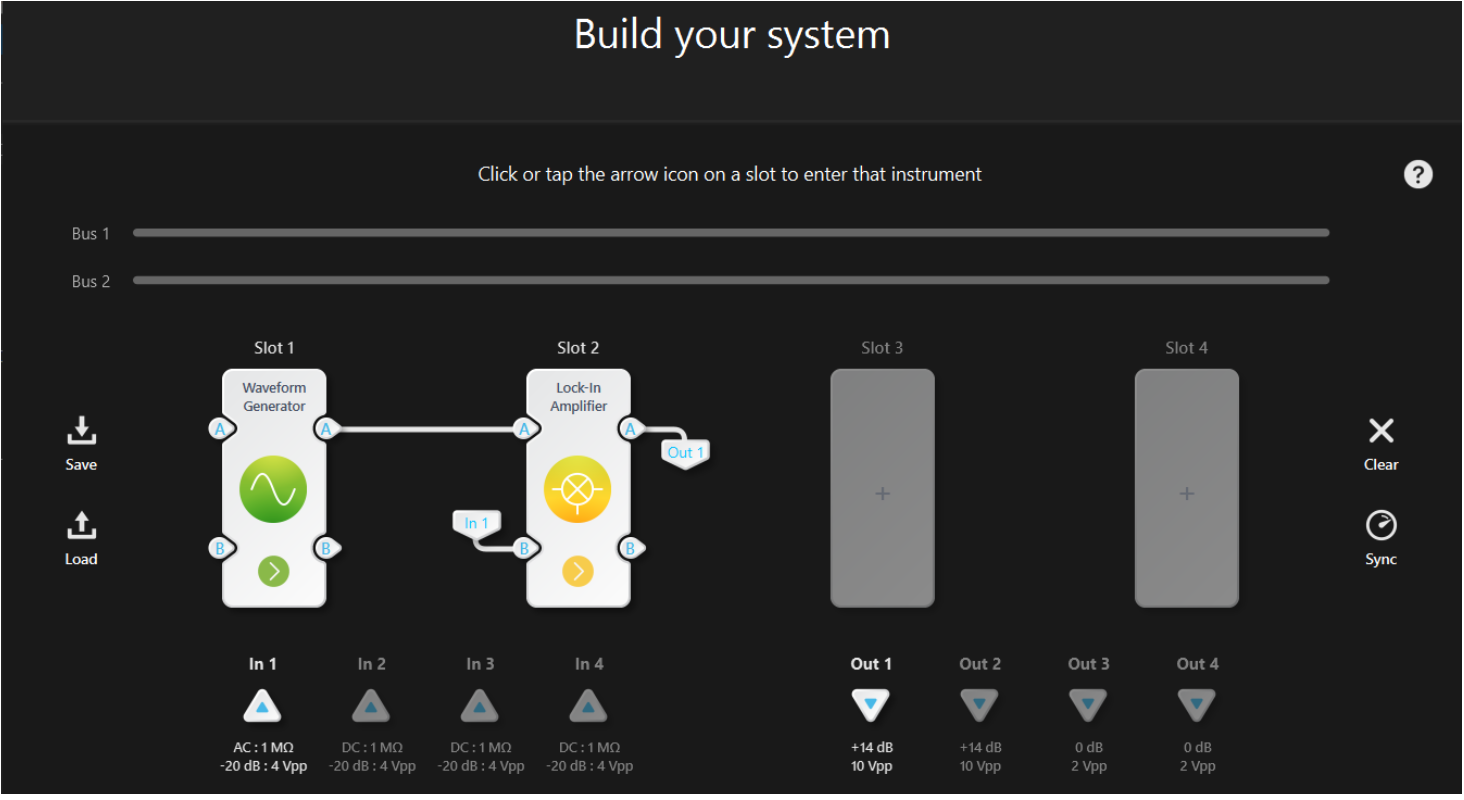
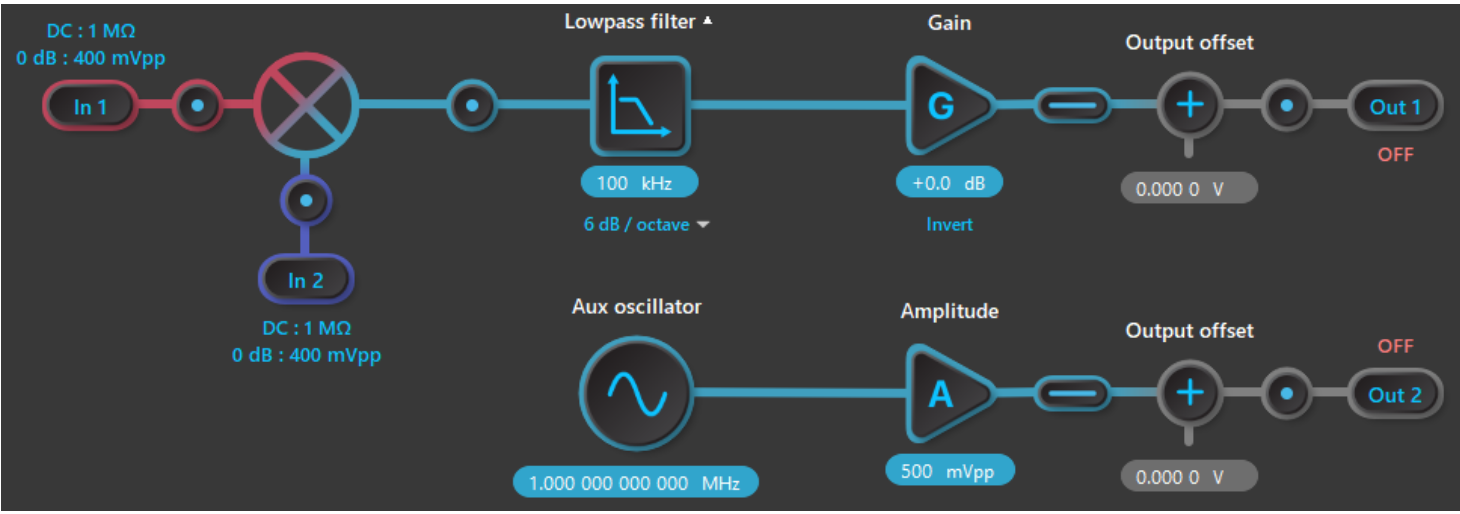
Figure 2: Multi-Instrument Mode digital PLL setup (top) and Lock-in Amplifier block diagram view (bottom). [1]
To tune the PLL, Petros and his team first performed open-loop tuning within the Moku:Pro LIA with the switch in Figure 2 open. Once tuned, they closed the switch and monitored the oscillating error signal to determine the actual voltage tuning range. The Oscilloscope probe pointed within the LIA block diagram, which allowed them to quickly analyze the signal at the output of the mixer (Figure 3) and LIA (Figure 4).
“The digital instruments are very helpful for prototyping,” said Dr. Michal Kern, Petros’ supervisor. “So instead of designing it in discrete components, simulating it, making a PCB, and ordering it, you just do it digitally and play around with some sliders and it works.”
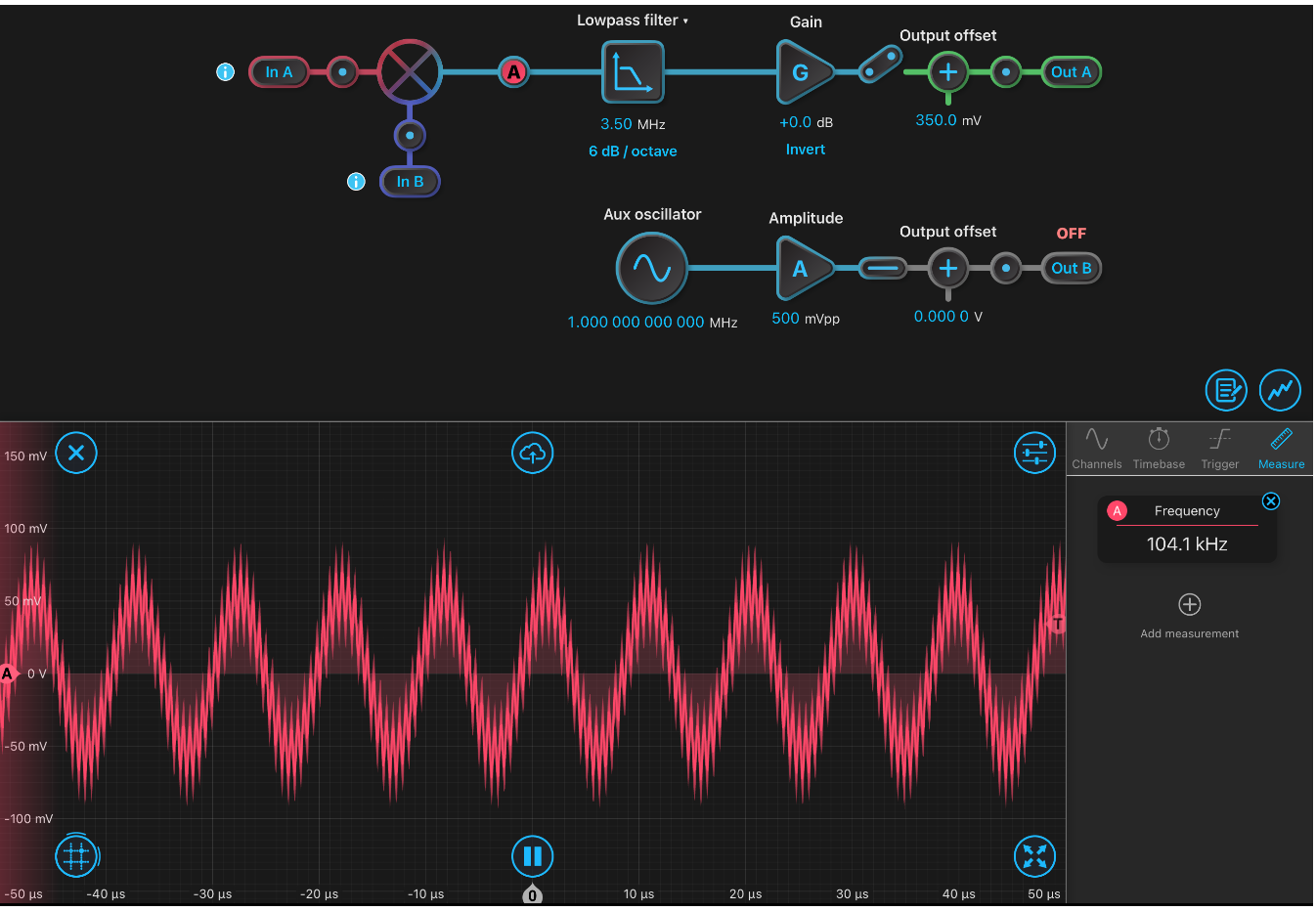
Figure 3: Oscilloscope view at the output of the mixer, depicting the difference of the individual signals’ frequencies. [1]
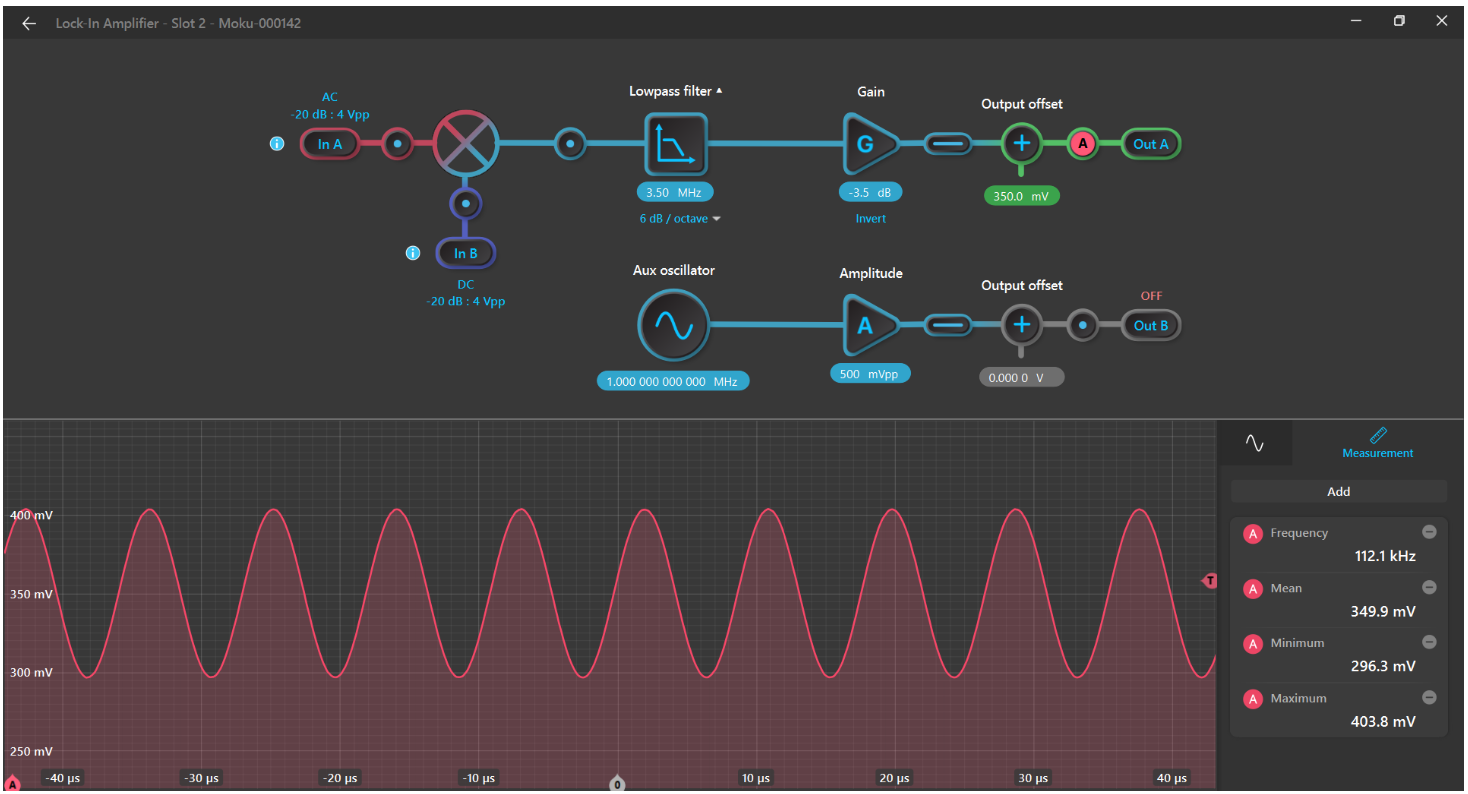
Figure 4: Waveform at the output of the LIA to verify the tuning range [1]
After tuning the PLL with a continuous reference frequency, Petros then assessed the PLL’s ability to withstand abrupt frequency changes to account for pulsed NMR. To do this, he used the Moku:Pro Waveform Generator cross modulation, whereby a second channel creates a square wave to drive a frequency-modulated reference. This quickly allowed Petros to test the limits of the PLL in pulsed operation. Once completed, Petros used Moku:Pro to optimize his designs with an amplitude-locked loop (ALL).
To implement the ALL, he developed custom VHDL code and compiled it with cloud-based MCC. This custom code derived the maximum amplitude of the VCO during two time periods. Using the Moku Cloud Compile, he deployed the program to one of the Moku:Pro MiM slots alongside the Moku:Pro PID Controller (Figure 5). Together, these instruments helped to keep the control error close to zero despite disturbances driving the system away from the desired operating point. Since Moku:Pro allows users to utilize four instruments simultaneously in MiM, the team was able to run the PLL and ALL digitally, side-by-side (Figure 6).
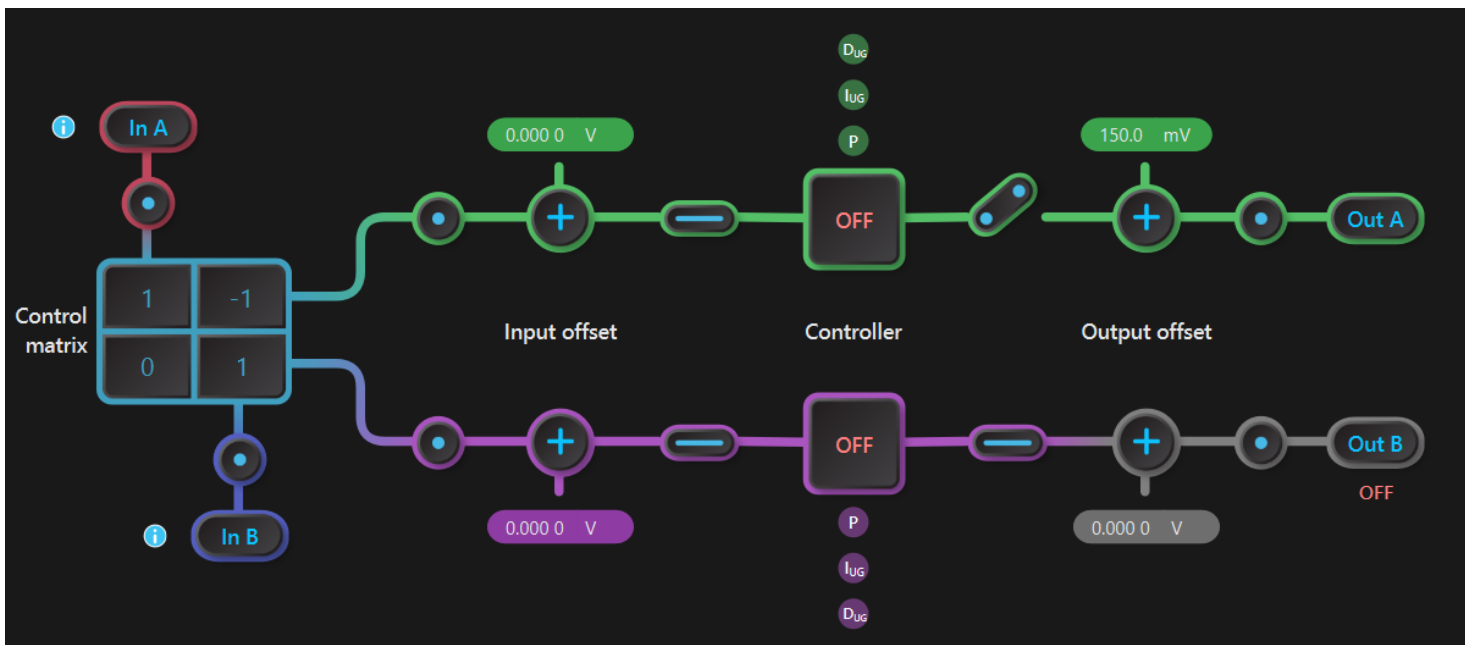
Figure 5: Initial PID Controller settings. [1]

Figure 6: MiM configuration with the PLL in slots 1 and 2 and the ALL in slots 3 and 4. [1]
The voltage output of the PID Controller was driven into a voltage controlled current source in order to provide the current drive as shown in Figure 7. Petros used the Ziegler-Nichols method and an example from Liquid Instruments to tune the PID Controller for both continuous waveform (CW) and pulsed operation.
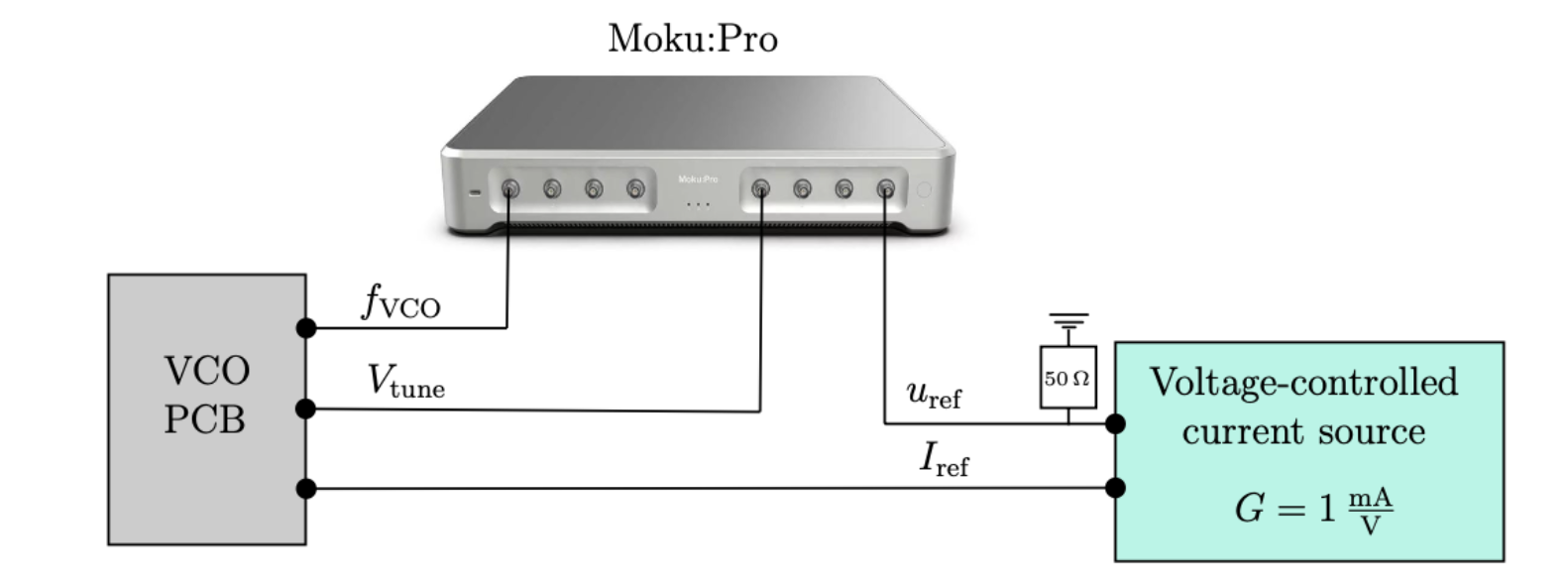
Figure 7: Hardware implementation of the ALL. [1]
With the PLL and ALL implemented, Petros moved on to the NMR experiment. He placed the VCO PCB inside an electromagnet, as seen in Figure 8. To further analyze the VCO PCB, he easily swapped in the Moku:Pro Digital Filter Box to pass the tuning voltage through the system.
“It was quite fun to work with it,” Petros said. “It was easy to do adjustments in real time.”
He then fed this signal to an external LIA for demodulation, seen in Figure 8.

Figure 8: NMR experiment setup. [1]
Result
After performing extensive, repeated testing of the VCO PCB using Moku:Pro, the researchers at Stuttgart University proved that VCO-based NMR is feasible, opening the door to countless improvements in medical imaging. The successful testing, made possible by Petros’ design and the multi-instrument capabilities of Moku:Pro, showcases a new method of VCO: NMR.
“Moku:Pro is a sophisticated platform, which not only comes with pre-defined instruments but also enables the user to extend it programmatically,” Petros said.
Petros may implement more complex MCC applications using the Python API for future test automation and acceleration of NMR experiments. To read more about Petros and his team’s results, you can find their published paper in Applied Magnetic Resonance, here.
Questions?
Get answers to FAQs in our Knowledge Base
If you have a question about a device feature or instrument function, check out our extensive Knowledge Base to find the answers you’re looking for. You can also quickly see popular articles and refine your search by product or topic.
Join our User Forum to stay connected
Want to request a new feature? Have a support tip to share? From use case examples to new feature announcements and more, the User Forum is your one-stop shop for product updates, as well as connection to Liquid Instruments and our global user community.
Footnotes
[1] P. Mavridis, “Implementation of VCO-based NMR,” Thesis, 2022






